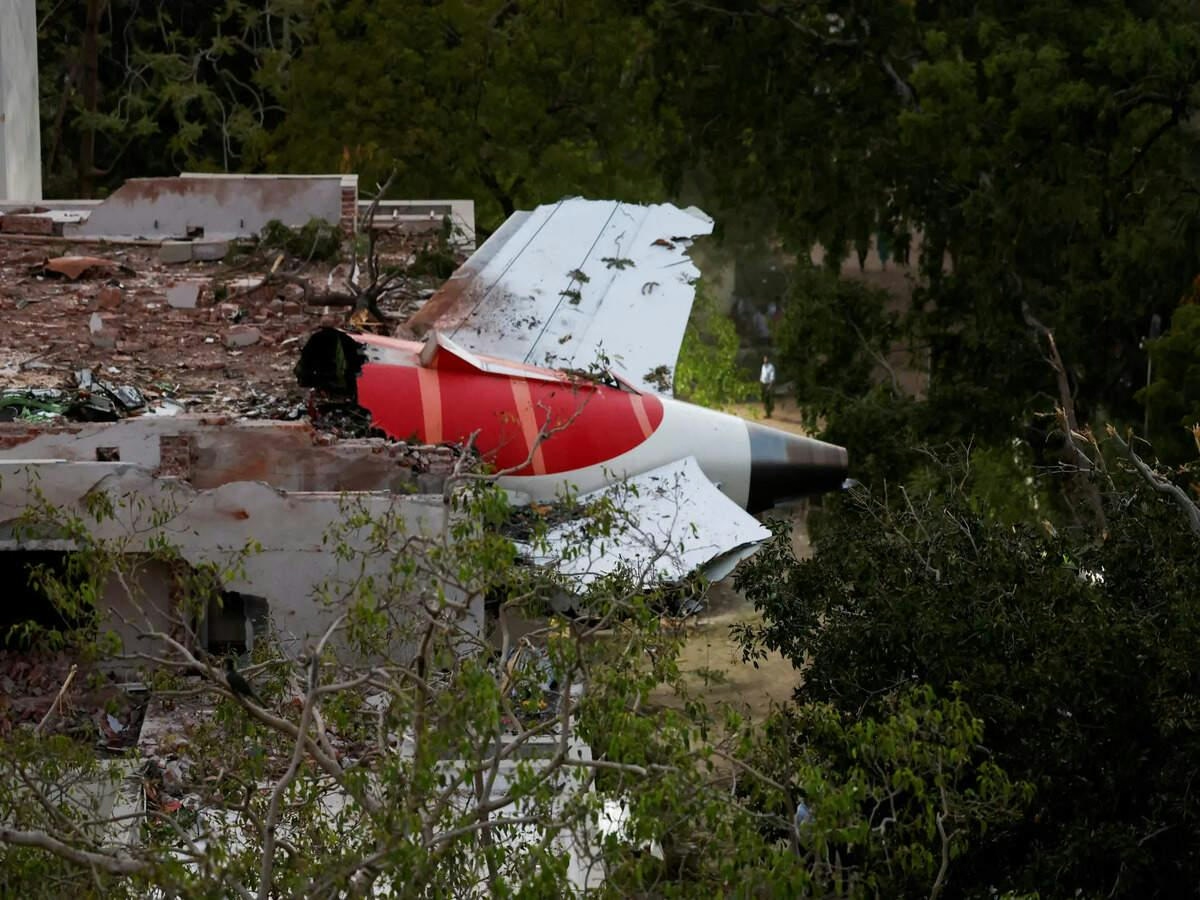
AeroGenie — Votre copilote intelligent.
Tendances
Categories
Supreme Court Rejects Plea for AI Safety Audit of All Airlines
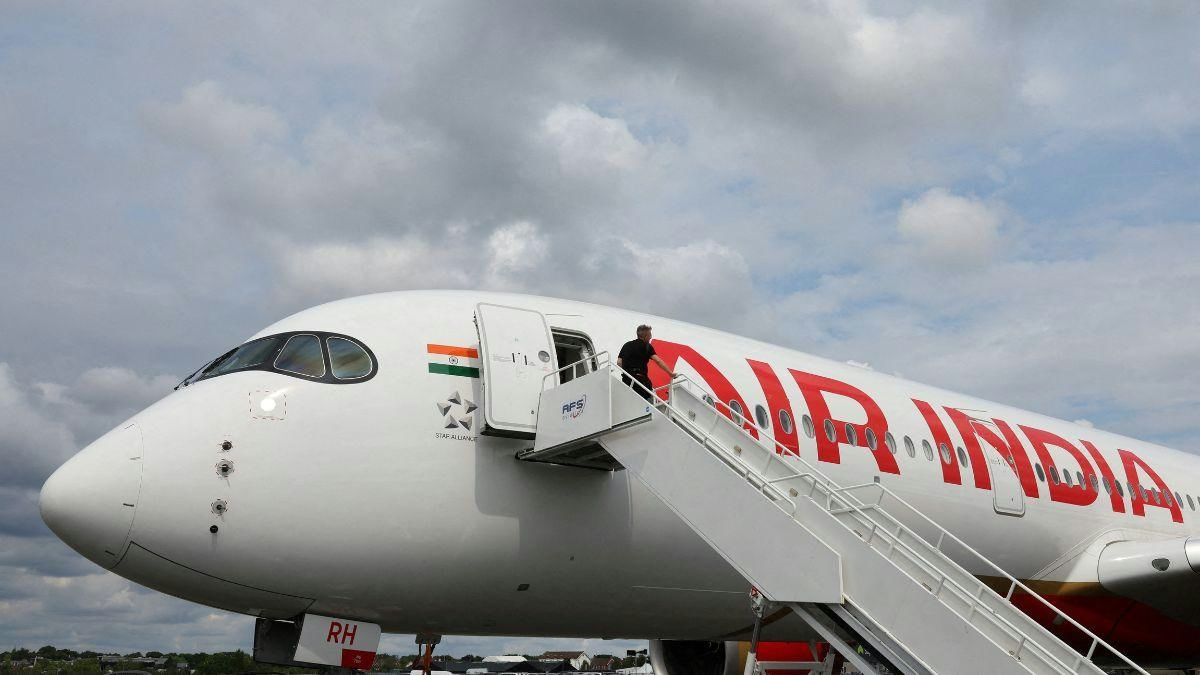
Supreme Court Declines Plea for Comprehensive AI Safety Audit Across Airlines
Background and Petition Details
The Supreme Court of India on Friday dismissed a petition seeking a comprehensive safety audit of all airlines in the wake of the recent Air India AI-171 crash near Ahmedabad on June 12. The petitioners, advocate N K Goswami and L P Goswami—a passenger on Air India flight AI-143—had called for urgent intervention following a fire incident aboard the flight from Delhi to Paris on June 7, which necessitated an emergency landing in Sharjah and resulted in passengers being stranded for 16 hours. The petition alleged systemic safety lapses and deliberate negligence by Air India, urging the court to issue a writ of mandamus to enforce corrective measures.
Supreme Court’s Response and Reasoning
The bench, comprising Justices Surya Kant and Joymalya Bagchi, expressed reservations about the petition’s narrow focus on a single airline. Justice Kant questioned the rationale behind singling out Air India, emphasizing that concerns about airline safety should not be confined to one carrier. The court suggested that such issues are better addressed through existing regulatory frameworks, including consumer forums, the Directorate General of Civil Aviation (DGCA), and the Union government. The bench further cautioned against any perception that the petition was motivated by competitive interests, advising that a public interest litigation (PIL) encompassing all domestic and international airlines would be more appropriate. Only if regulatory bodies failed to act would the court consider intervention.
Implications for the Aviation Sector
The Supreme Court’s refusal to mandate an industry-wide safety audit underscores the complexities involved in regulating safety standards across India’s rapidly expanding aviation market. This decision may elicit mixed reactions: some investors and stakeholders might view it as a missed opportunity to enforce stricter safety oversight, while others could interpret the ruling as preserving operational flexibility and encouraging innovation within the sector. Airlines may respond by enhancing their internal safety protocols or advocating for more nuanced regulatory approaches tailored to their specific operational contexts.
By emphasizing the need for comprehensive, sector-wide solutions rather than targeting individual carriers, the court’s ruling highlights the delicate balance between regulatory oversight, industry innovation, and passenger safety in India’s aviation landscape.
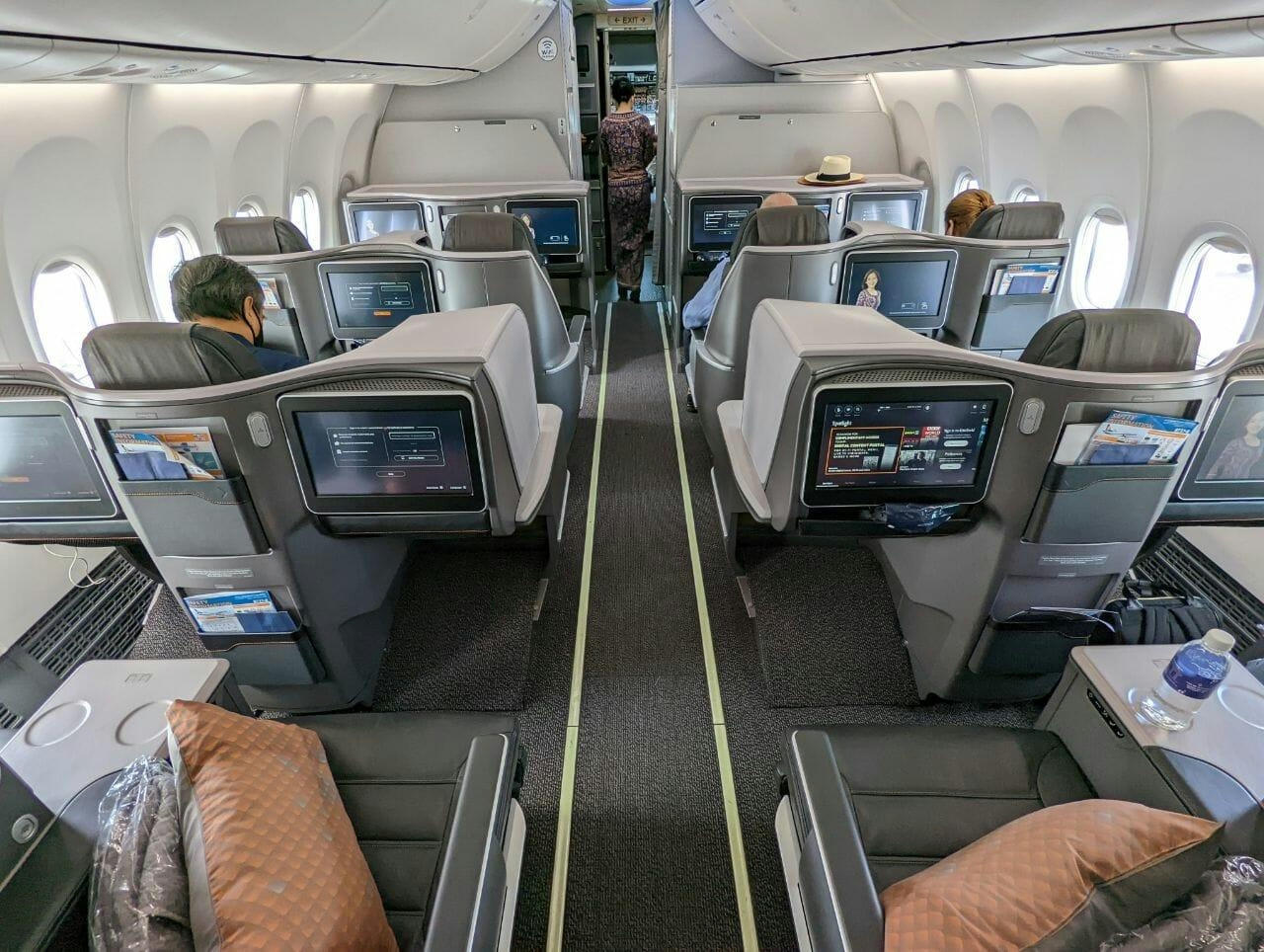
Singapore Airlines 737 MAX Business Class Review

The Enduring Legacy of the Boeing 747 in Aviation Engineering
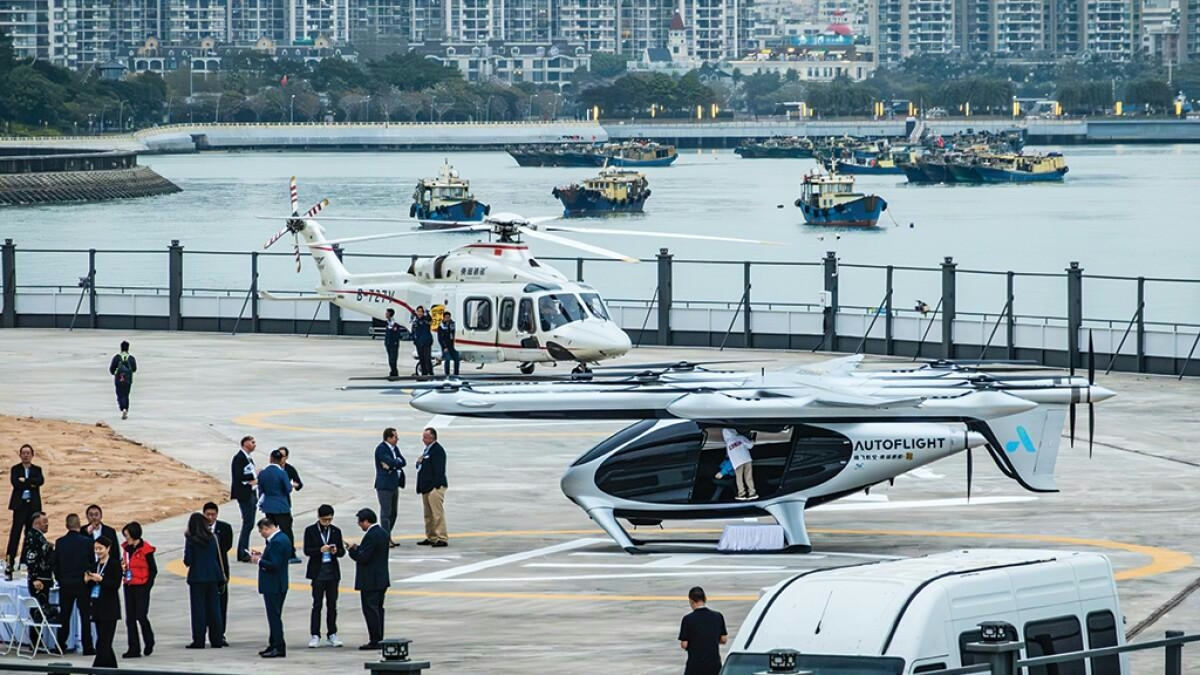
China’s Low-Altitude Economy Expands with Air Taxis and Drone Deliveries

Report Details Fiery History of McDonnell Douglas MD-11’s CF6 Engine
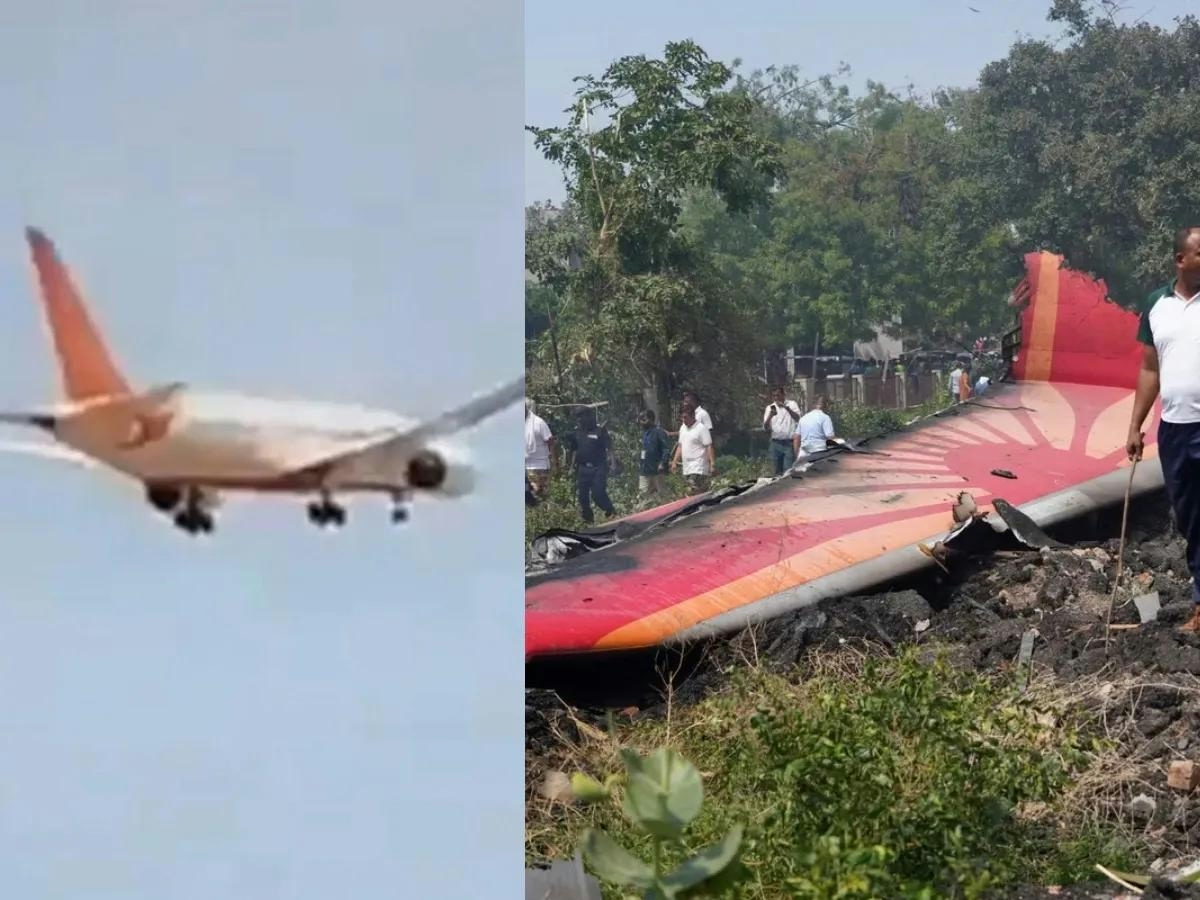
Supreme Court Rules Pilot Not Liable in Air India AI171 Crash

Huntington Beach Considers Vertical Taxi Pilot Program
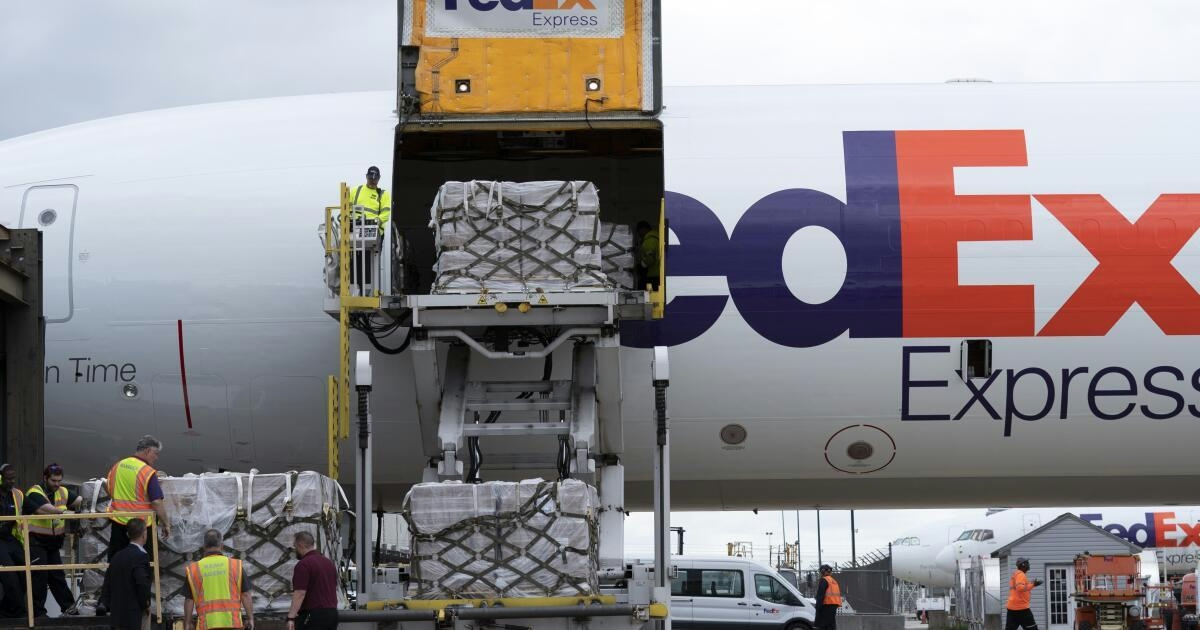
Flight Reductions Threaten Timely Delivery of Critical Goods to LAX and Other Airports
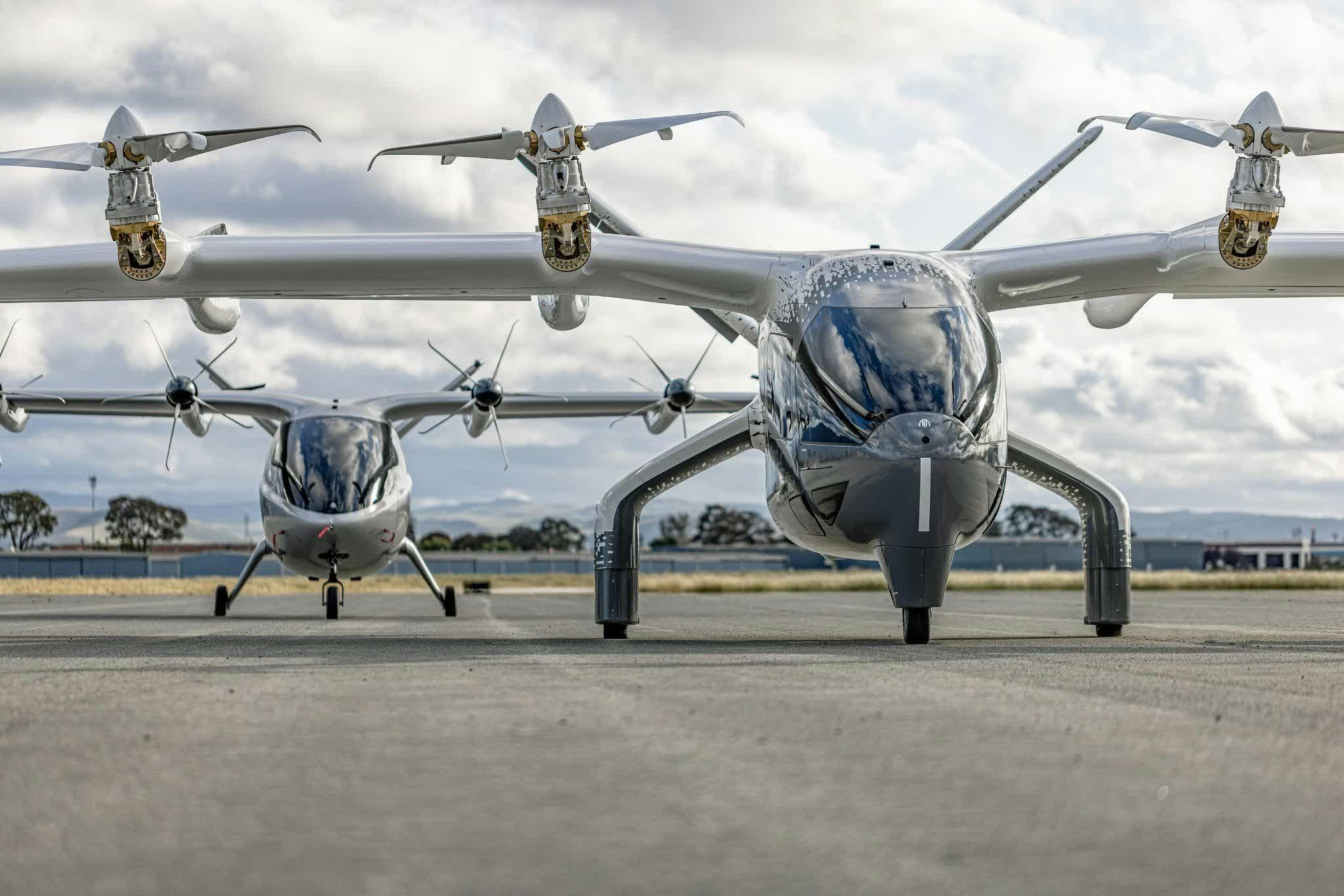
Archer Aviation Shares Decline Amid Market Volatility
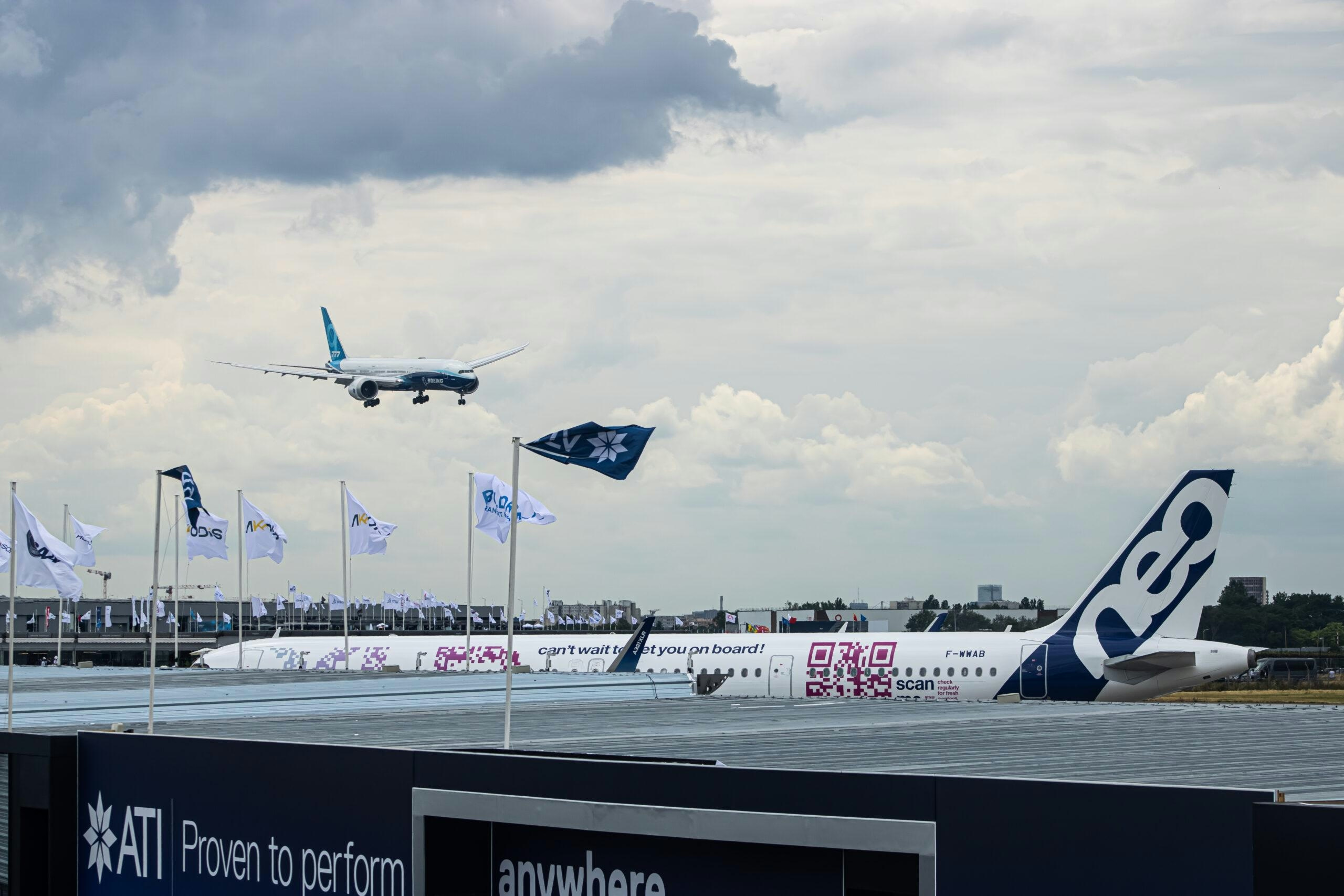
Airbus Secures Largest Aircraft Order of the Year
